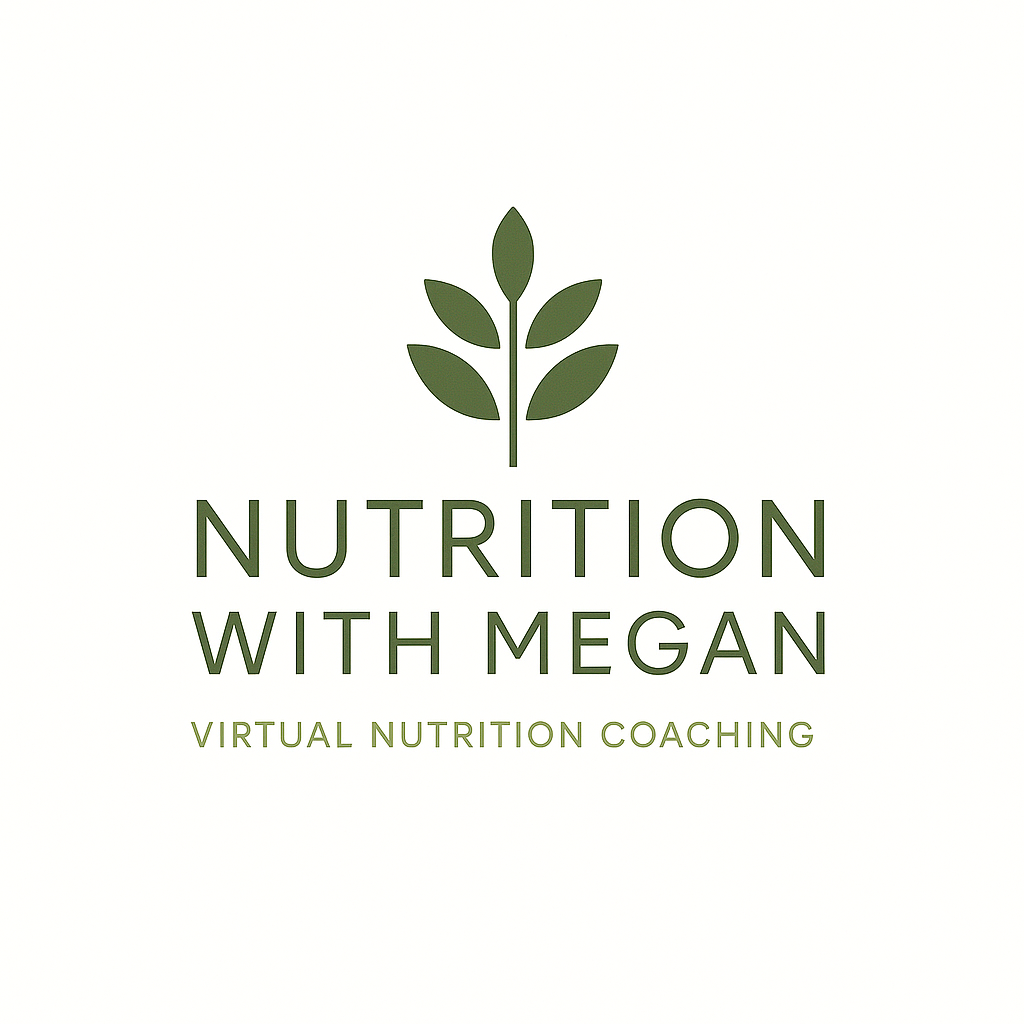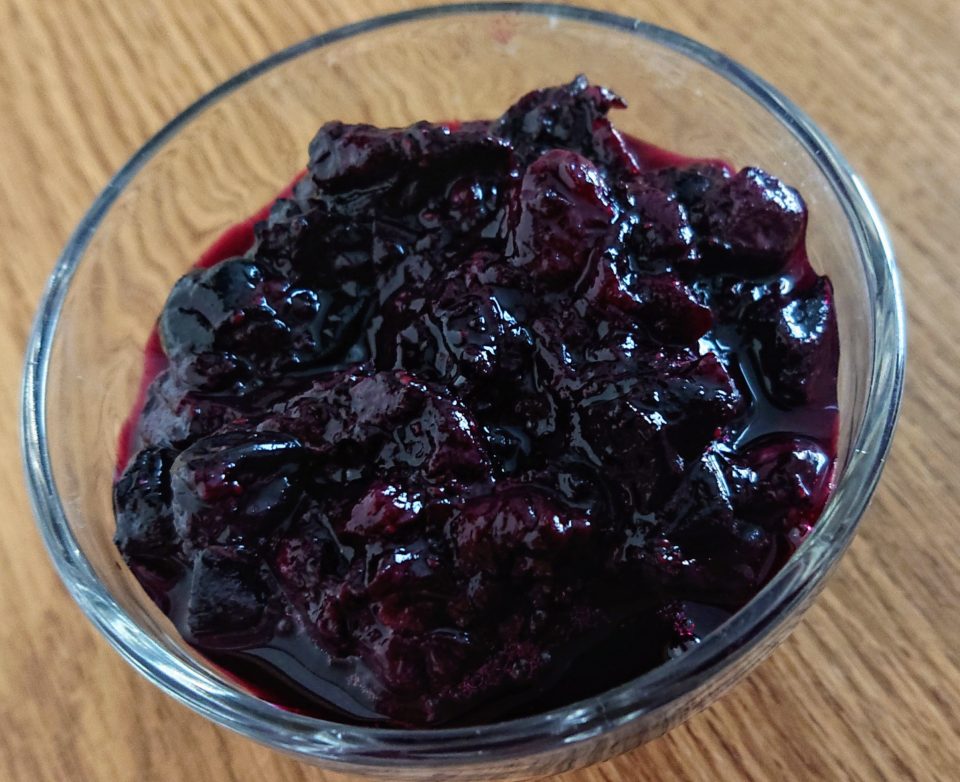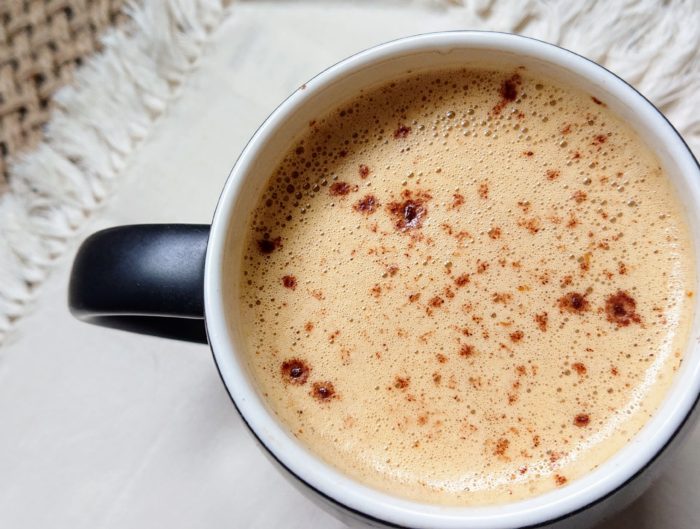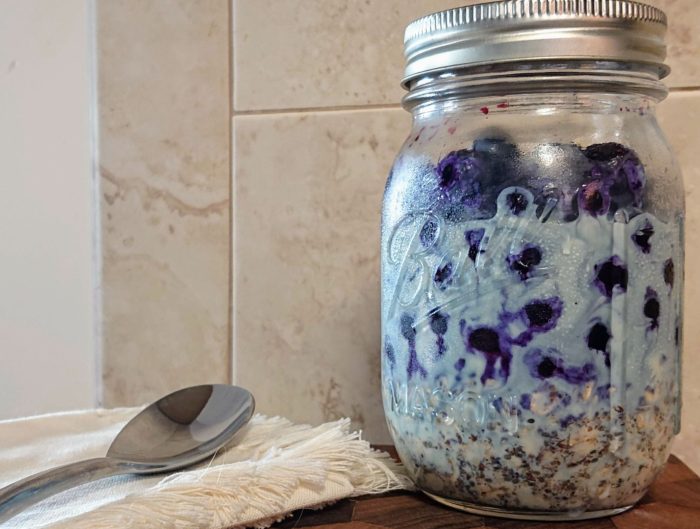Time for another 2 ingredient recipe!
Whole Fruit Gelatin is a great way to add some fruit to your diet while bringing you back some childhood memories. You probably remember eating gelatin in your school lunch or when you were home sick.
Believe it or not, there’s actually some health benefits to eating gelatin when you’re sick or wanting to improve your immune system (and who doesn’t!). However, I’m not talking about the kind from the box loaded with sugar and artificial colors.
Gelatin, especially from the bones of grass-fed cows, is 98-99% protein and contains the amino acids proline, glycine, hydroxyproline, glutamic acid, alanine, arginine, lysine, and aspartic acid. It cannot be called a complete protein because it lacks the essential amino acid tryptophan. This is important to know because these amino acids are the building blocks of protein and guess what our immune cells are made of: protein. Gelatin is any easy way to get some important amino acids into your diet when you are sick and don’t feel like eating other sources of protein.
I know what you’re thinking: this also explains why homemade chicken and noodle soup makes you feel better when you’re sick! Specifically the kind made from a whole chicken, not a can. You’ll see why chicken soup from the whole chicken is best when I explain how gelatin is made.
Gelatin is very similar to collagen (which I also keep in my kitchen) in that they’re both made by boiling animal bones, skins, and tendons to extract the collagen. After collagen is extracted from the bones you are left with gelatin: the gel-like liquid that provides structure to skin, joints, and even digestive tract tissue.
When you purchase gelatin, it is typically a white powder, not a liquid or gel as I just described. Once the bones, skins, and tendons are boiled to extract the gelatin, the liquid is sent to a machine that separates the liquid from the solid gelatin. The liquid is discarded and the solid gelatin is pressed into sheets and then ground into a powder.
Both gelatin and collagen provide a variety of amino acids and support digestive, skin, and joint health, but only gelatin can provide the gelatinous texture for this recipe! I talk about collagen in more detail in my Blueberry Overnight Oats recipe.
Place frozen blueberries in a saucepan over medium-high heat.
Cook for 8-10 minutes or until berries are hot
Optional: mash with a fork or potato masher.
Quickly whisk in gelatin until all lumps are removed.
Transfer mixture to a glass bowl and refrigerate until set. About 1-2 hours.
Ingredients
Directions
Place frozen blueberries in a saucepan over medium-high heat.
Cook for 8-10 minutes or until berries are hot
Optional: mash with a fork or potato masher.
Quickly whisk in gelatin until all lumps are removed.
Transfer mixture to a glass bowl and refrigerate until set. About 1-2 hours.
Notes
This post contains affiliate links, which means I receive a percentage of the sale if you use the link to make your purchase. This will not change the price of the product, but your support will help directly offsets the cost of web hosting and maintenance and is greatly appreciated!
Follow me on social media and never miss a new post!




Leave A Reply